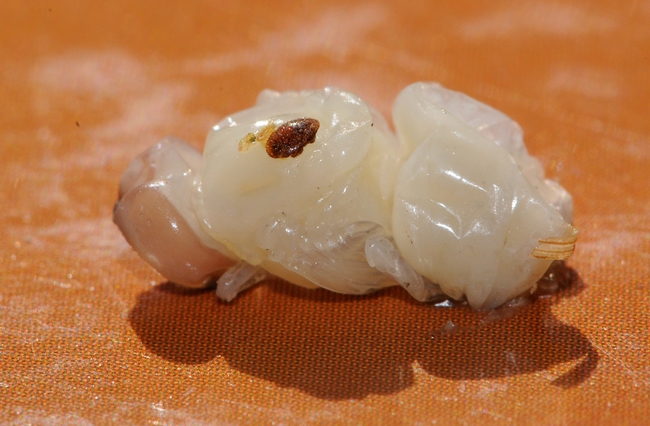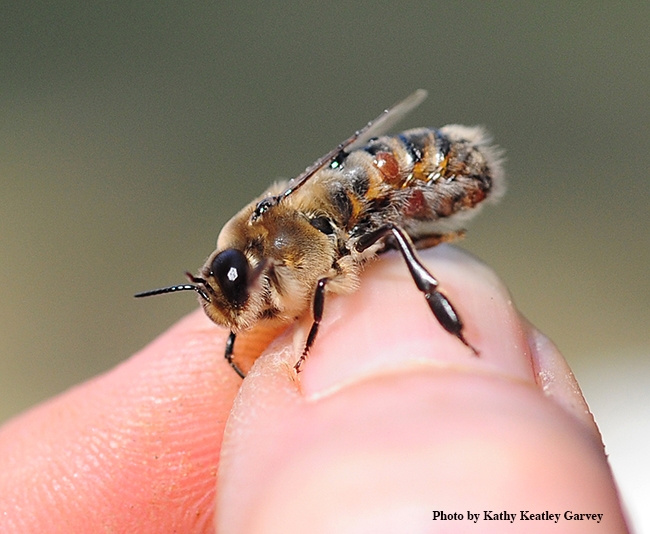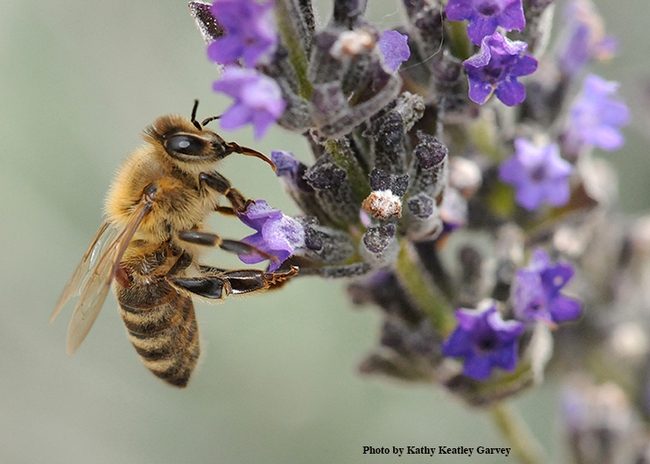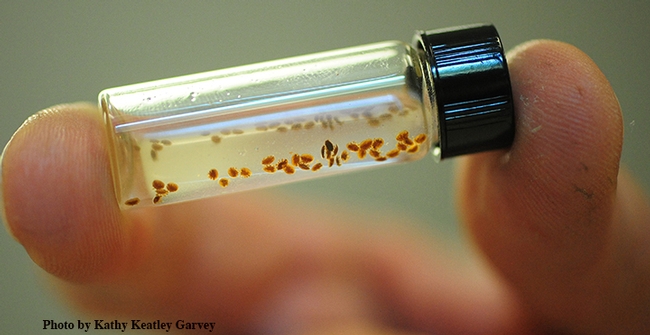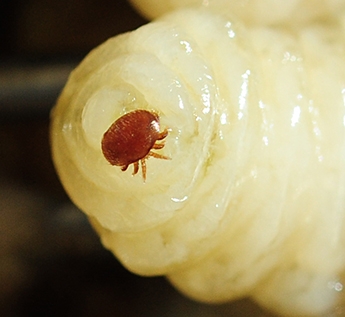
That would be the varroa mite, Varroa destructor, an eight-legged external parasite that attacks and feeds on honey bees. Those mites can spread viruses and decimate a healthy colony.
How can you monitor, mitigate and manage them?
Extension apiculturist Elina Lastro Niño and her lab are hosting a short course on "Varroa Mite Management Strategies" from 9 a.m. to 4 p.m., Sunday, Oct. 13 at the Harry H. Laidlaw Jr. Honey Bee Research Facility on Bee Biology Road, University of California, Davis.
"Current beekeeping challenges call for all beekeepers to have a solid understanding of varroa mite biology and management approaches," said Niño, in describing the course. "We will dive deeper into understanding varroa biology and will devote majority of the time to discussing pros and cons of various means to monitor, mitigate, and manage this crucial honey bee pest."
The course, limited to 20 participants, will cover varroa biology, treatment options and chemical-free options. Participants are to bring their bee veil or suit. The $200 registration fee covers the cost of course materials, lunch and refreshments. The last day to register is Monday, Oct. 7. Click here to register.
Originating in Asia, the varroa mite is now found throughout most of the world. It arrived in Japan and the Soviet Union in the early 1960s and South America in the 1970s. From the 1970s to 1980s, it spread to South America, Poland, France, Switzerland, Spain, and Portugal. The pest was first detected in the United States in 1987, in Canada in 1989, and in 1992 in the United Kingdom. It has since spread to Ireland, New Zealand and Hawaii, but to date, has not been found in Australia.
The female is reddish brown, while the male is white. They measure 1–1.8 mm long and 1.5–2 mm wide.
The course is sponsored by the UC Davis-based California Master Beekeeper Program, (CAMBP). directed by Niño. The program uses science-based information to educate stewards and ambassadors for honey bees and beekeeping. For more information, contact CAMBP program manager Wendy Mather at wmather@ucdavis.edu.
Attached Images:
